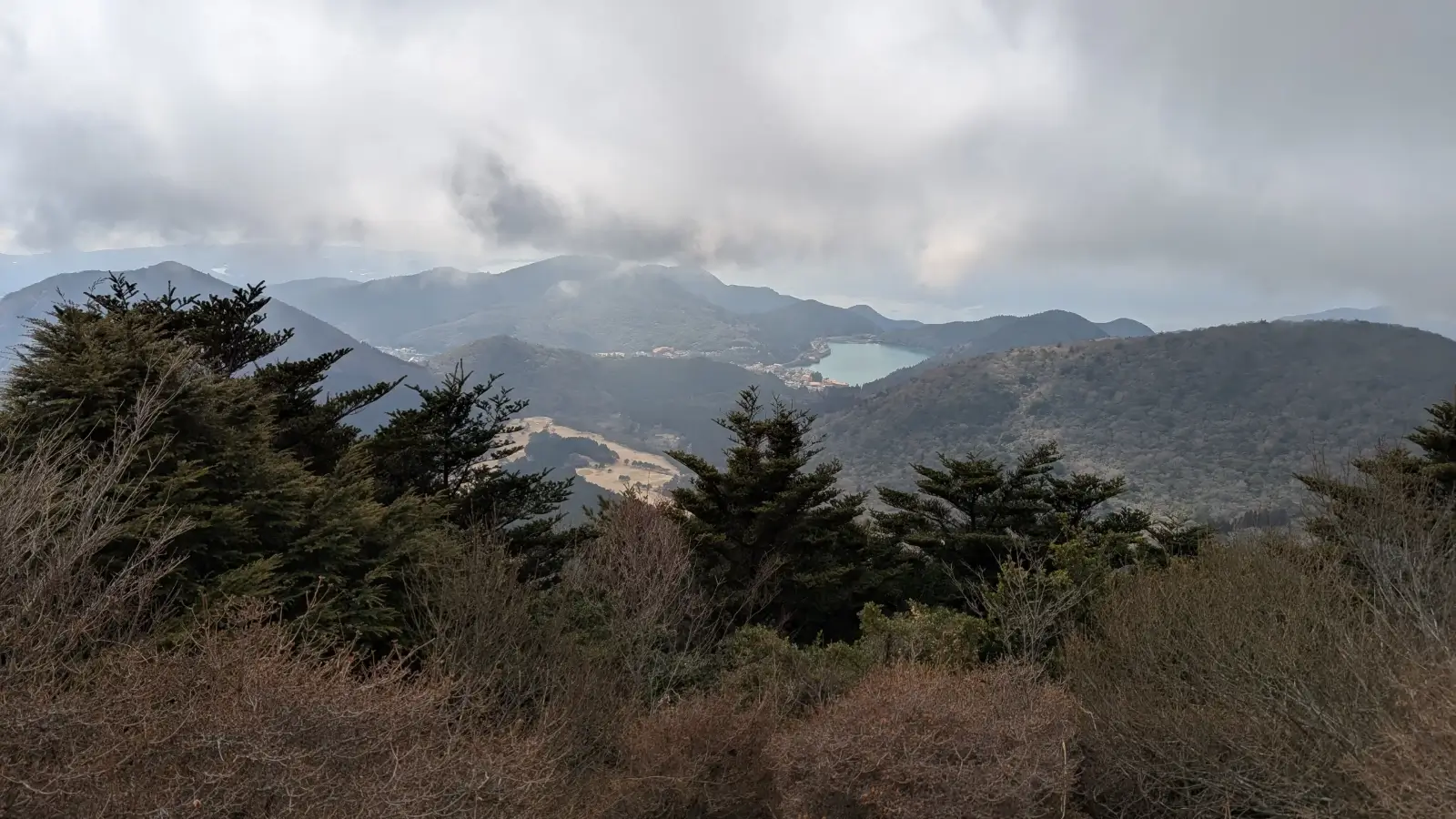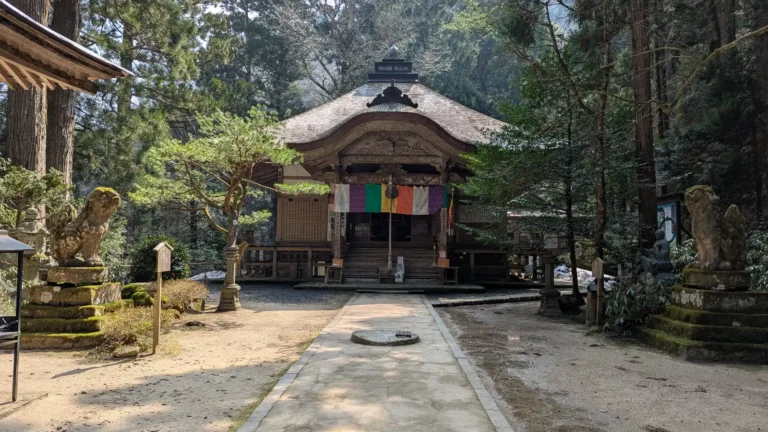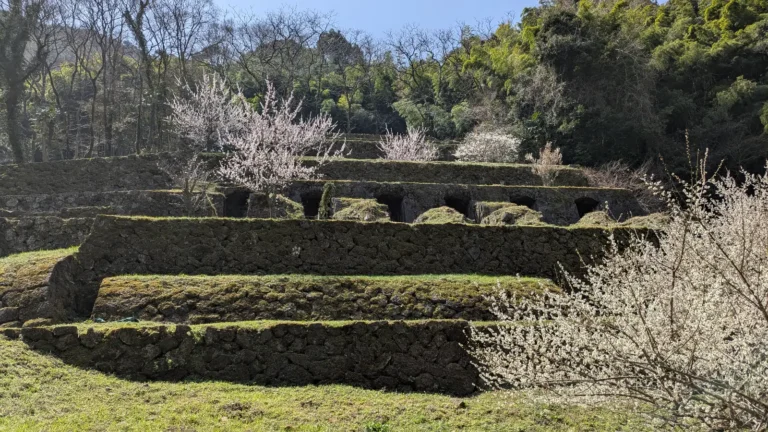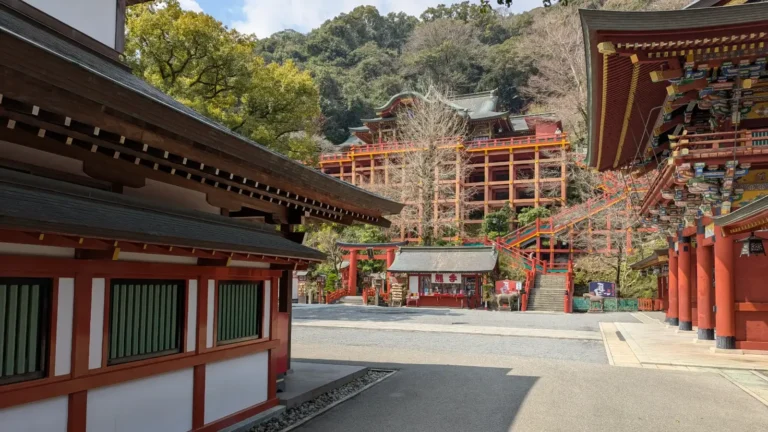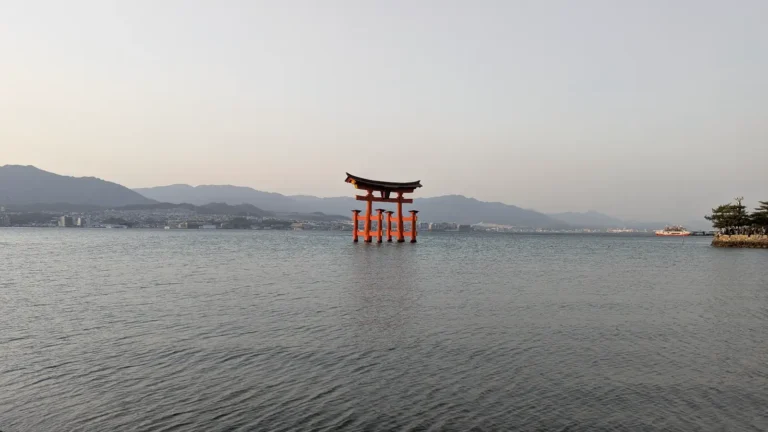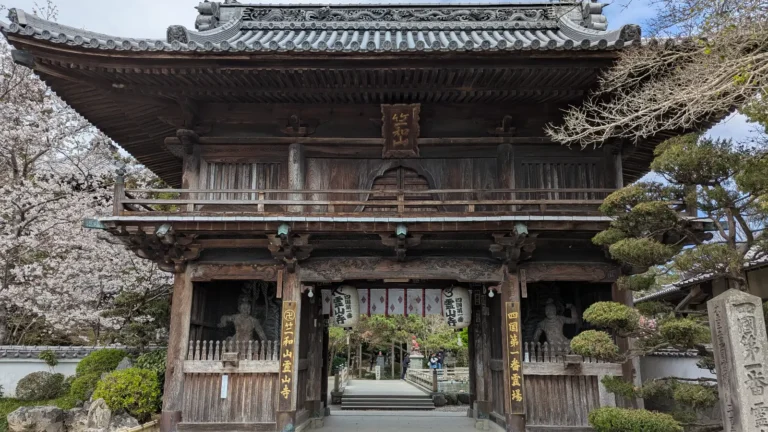Unzen: A JOTM Journey
Some places linger in your mind long after you leave. Unzen is one of them. A destination shaped by volcanic fury, sacred trails, and ethereal mountain views, it’s a place where nature, history, and something deeper seem to converge.
We visited Unzen Jigoku, Unzensan Manmyo, and Nita Pass during winter, when steam rose from the frozen earth, creating a striking contrast between the scorching geothermal vents and the crisp mountain air. The roads leading up were lined with snow, and at higher elevations, the trees were coated in frost, a stark contrast to the billowing sulfuric mist below.
Unzen is more than an onsen town. It’s a raw, untamed landscape where history is carved into the ground, where the past lingers in the mist, and where nature’s power is impossible to ignore.
Unzen is just one powerful fold within the larger Unzen-Amakusa National Park, a region where fire, fog, and faith have shaped the land for centuries.
Select links in this guide are affiliate links. They help sustain this space… allowing us to share more, with less dependence on advertising.
*Prices are subject to change.
Unzen Jigoku (雲仙地獄): Walking Through Fire and History
The moment we arrived in Unzen Onsen, the thick scent of sulfur filled the air, pungent, heavy, and unmistakably volcanic. Steam curled through the streets like an invisible guide, leading us into the heart of Unzen Jigoku (Hell).
Unzen Jigoku is not a tranquil hot spring paradise, it is a land shaped by fire and fury. Boiling pools bubbled violently, steam vents hissed like living creatures, and milky blue sulfuric waters shimmered under the winter light. Some pools churned, sending up bursts of steam, while others lay eerily still, concealing an unpredictable power beneath their calm surfaces.
But Unzen Jigoku is more than just a geothermal wonder, it is a place marked by tragedy. During the Edo period, Christian missionaries and Japanese converts were tortured here, forced to walk barefoot over the scalding ground or boiled alive in the sulfuric waters.
Unzen’s scarred ground echoes other places of quiet resilience across Kyushu, like Tsuwano, where memory lingers in stone, silence, and smoke.
As we walked through the rising mist, the weight of history was unmistakable. The steam that now draws visitors once carried the cries of those who suffered here. It’s a place where natural beauty and deep historical scars intertwine, making it impossible to view Unzen Jigoku as just another hot spring site.
Just beyond the main paths, a small Jizo shrine stood hidden in the mist, an unexpected moment of peace amid the violent landscape. Jizo, known as the protector of travelers and lost souls, stood silent, watching over the bubbling chaos. We paused, letting the moment settle before moving on. Even in the most turbulent places, there are glimpses of serenity.

Unzensan Manmyo (雲仙山 満明寺): The Sacred Mountain Trail
Leaving the raw power of Jigoku behind, we made our way to Unzensan Manmyo, a sacred mountain trail winding through dense forests and volcanic rock formations.
Unlike the violent energy of Unzen Jigoku, Unzensan Manmyo felt calm and meditative. The deeper we walked into the forest, the quieter it became, broken only by the occasional crunch of leaves beneath our shoes.
For centuries, this mountain was used by Buddhist monks for meditation and training, and even now, the air felt thick with something ancient, a sense of time slowing down.
One of the most striking parts of the trail was a series of 88 Jizo statues, standing silently along the path. These statues represent the Shikoku 88-temple pilgrimage, one of Japan’s most sacred journeys. For those who cannot complete the full 1,200-kilometer route, walking past these statues is said to offer the same spiritual merit.
This mountain path echoes the spirit of the Shikoku pilgrimage, where each statue marks not just distance, but devotion.
Each Jizo bore a gentle, weathered expression, some adorned with red bibs or small offerings left by passing travelers. Walking beside them in the cold mountain air, with steam from hidden hot springs occasionally rising through the trees, felt both grounding and humbling.
The trail wasn’t just a hike, it was a passage through history, spirituality, and nature intertwined.
Nita Pass (雲仙仁田峠): The Edge of the Clouds
If Unzen Jigoku was fire, and Unzensan Manmyo was the soul of the forest, then Nita Pass was the sky itself.
The road climbed sharply, coiling its way above the steaming valleys. With every turn, the air grew cleaner, colder. When we reached the pass, the world below had vanished beneath a shifting sea of clouds, unkai, and only the peaks remained. It felt like we had stepped out of time.
In ancient times, Nita Pass was more than a viewpoint. It served as a critical crossing between sacred mountains and coastal towns, a pilgrimage corridor for monks seeking retreat and revelation. Even now, some locals say it’s a place where the gods walk above the fog, where the boundary between earth and spirit softens.
We took the ropeway up, the silence broken only by the creak of cables and the distant sigh of wind against the trees. As we rose, the landscape unfolded, craggy volcanic ridges, ash-covered forests, and cloud layers that shifted with every gust. At the summit, the light changed. The sun hovered low, casting long shadows and bathing the mountaintop in gold.
The trails beyond the ropeway led higher still. Most visitors stop here, but we kept climbing. The path was steep and narrow, but we didn’t rush. The wind carried no scent, only clarity. The kind that empties your lungs and your thoughts at the same time.
At the final ridge, we paused. Steam from the caldera rose far below. The mist of the unkai drifted at our feet. It felt less like standing on a mountain, and more like being suspended in a moment that wasn’t quite part of the earth anymore.
This wasn’t just a view. It was a threshold.
Reflections As The Journey Continues…
Some places you see, Unzen is a place you feel.
It lingers in the air, thick with sulfur and history. It hums beneath your feet, where the earth breathes fire just beneath the surface. It hides in the mist, wrapping around silent Jizo statues, carrying whispers of the past.
At Unzen, the land is alive, shifting, steaming, waiting. It doesn’t just exist on the map; it demands your presence, your footsteps, your breath slowing as you watch the clouds roll over the peaks.
Standing above the unkai, where the sky meets the earth in a delicate balance, I realized, Unzen is not a place you simply visit. It’s a place that changes you.
The question isn’t whether Unzen will leave an imprint.
The question is… how will it shape you?
Are you ready to find out?
From Somewhere Off the Map
~ Josh

